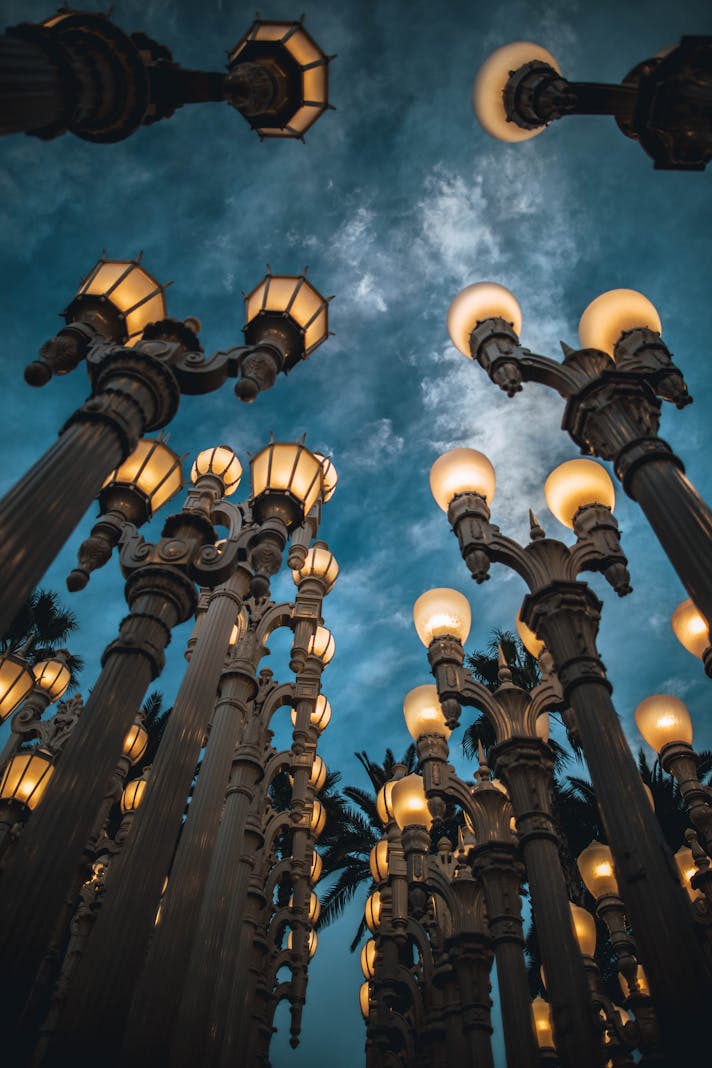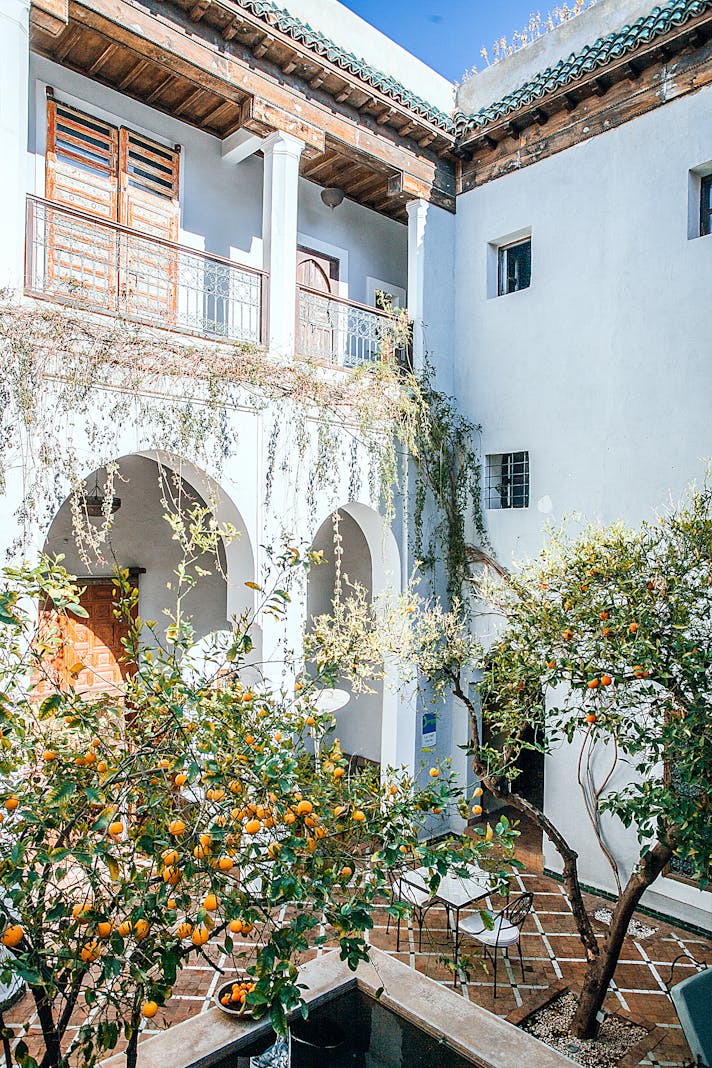A Mediterranean Climate

California is known for its enviably temperate climate. When the balance of the Northern Hemisphere is fighting off freezing temperatures, Californians enjoy cool or cold but not freezing weather. This weather pattern is very unusual, occurring in California and in the lands bordering the Mediterranean Ocean (hence the name), as well as the southern part of Chile, the southwest part of Australia, and a small part of South Africa.
In California, the most notable difference between California’s climate and the rest of the country is that the gardening calendar is not balanced around winter. Instead, California’s difficult season is the hot and dry summer months. Beginning in July and lingering into mid-October, the heat may be pronounced, but it is usually characterized by low humidity. This means that summer temperatures are actually more comfortable than cooler temperatures in wetter areas.
It is not unusual for there to be no rain at all from the first of July until the first of October. Many California native plants have evolved to deal with this, growing leaves that are thicker and fleshier than those in wetter climates. Summer tends to be a season of hibernation for much of the foliage. This means that the ideal planting month is actually October, when temperatures slowly start to cool down and evaporation is less of an issue.
True autumn usually takes much longer to arrive than in the rest of the country, although elevation definitely plays a factor. At sea level, it isn’t uncommon for fall color to arrive in Southern California near the end of November, or not at all. Leaves generally stay on trees until the arrival of the Santa Ana windstorms, usually at the beginning of December. These storms, which are caused by desert winds sweeping over the mountains, can be quite destructive. Similar patterns can be found in the northern part of the state, although the temperature extremes are much milder.
During the winter, snow is not usually found at sea level. Instead, temperatures usually average in the forties and fifties. Rain is common, but it tends to be concentrated into the winter months, with February receiving the most moisture. Geography plays a role as well; the northern part of the state is much rainier than the southern part, with the interior section drier than the coast. Arctic storms generally move only partway down the state before dissipating; many do not make it past the midpoint, Port Conception. In rainy years, moisture may instead travel directly across the Pacific, in what are colloquially called “pineapple express” tempests – these squalls, which begin their life as tropical disturbances, are known for dumping large amounts of moisture in a short period of time.
Spring comes early, but again looks different from the rest of the country. Trees can start budding out as early as mid-February, with heat spells possible at any time. Phenomena such as “May Gray” and “June Gloom” occur because of cool ocean air smacking up against warm earth, producing overcast days that clear late in the day. The winter rains are mostly gone by now, but there may be weeks at a time with morning drizzle.
The climate of California is definitely different than the rest of the country, in the same way that other Mediterranean climates are different from the rest of the world. While the joke is that the four seasons in California are “fire, flood, earthquake, and riots”, the truth is that low humidity and moderate temperatures mean that the northern part of the state generally has two seasons, warm and cool. In the south, the seasons are divided into hot and cooler, with drought years interspersed with monsoonal ones. This is one reason why tourism in California, while heavier in the summer months, is fun at any time of the year. Enjoying the climate is definitely one reason while people visit the state.
In California, the most notable difference between California’s climate and the rest of the country is that the gardening calendar is not balanced around winter. Instead, California’s difficult season is the hot and dry summer months. Beginning in July and lingering into mid-October, the heat may be pronounced, but it is usually characterized by low humidity. This means that summer temperatures are actually more comfortable than cooler temperatures in wetter areas.
It is not unusual for there to be no rain at all from the first of July until the first of October. Many California native plants have evolved to deal with this, growing leaves that are thicker and fleshier than those in wetter climates. Summer tends to be a season of hibernation for much of the foliage. This means that the ideal planting month is actually October, when temperatures slowly start to cool down and evaporation is less of an issue.
True autumn usually takes much longer to arrive than in the rest of the country, although elevation definitely plays a factor. At sea level, it isn’t uncommon for fall color to arrive in Southern California near the end of November, or not at all. Leaves generally stay on trees until the arrival of the Santa Ana windstorms, usually at the beginning of December. These storms, which are caused by desert winds sweeping over the mountains, can be quite destructive. Similar patterns can be found in the northern part of the state, although the temperature extremes are much milder.
During the winter, snow is not usually found at sea level. Instead, temperatures usually average in the forties and fifties. Rain is common, but it tends to be concentrated into the winter months, with February receiving the most moisture. Geography plays a role as well; the northern part of the state is much rainier than the southern part, with the interior section drier than the coast. Arctic storms generally move only partway down the state before dissipating; many do not make it past the midpoint, Port Conception. In rainy years, moisture may instead travel directly across the Pacific, in what are colloquially called “pineapple express” tempests – these squalls, which begin their life as tropical disturbances, are known for dumping large amounts of moisture in a short period of time.
Spring comes early, but again looks different from the rest of the country. Trees can start budding out as early as mid-February, with heat spells possible at any time. Phenomena such as “May Gray” and “June Gloom” occur because of cool ocean air smacking up against warm earth, producing overcast days that clear late in the day. The winter rains are mostly gone by now, but there may be weeks at a time with morning drizzle.
The climate of California is definitely different than the rest of the country, in the same way that other Mediterranean climates are different from the rest of the world. While the joke is that the four seasons in California are “fire, flood, earthquake, and riots”, the truth is that low humidity and moderate temperatures mean that the northern part of the state generally has two seasons, warm and cool. In the south, the seasons are divided into hot and cooler, with drought years interspersed with monsoonal ones. This is one reason why tourism in California, while heavier in the summer months, is fun at any time of the year. Enjoying the climate is definitely one reason while people visit the state.
You Should Also Read:
The Seasons of California

Related Articles
Editor's Picks Articles
Top Ten Articles
Previous Features
Site Map
Content copyright © 2023 by Korie Beth Brown, Ph.D. . All rights reserved.
This content was written by Korie Beth Brown, Ph.D. . If you wish to use this content in any manner, you need written permission. Contact Korie Beth Brown, Ph.D. for details.







